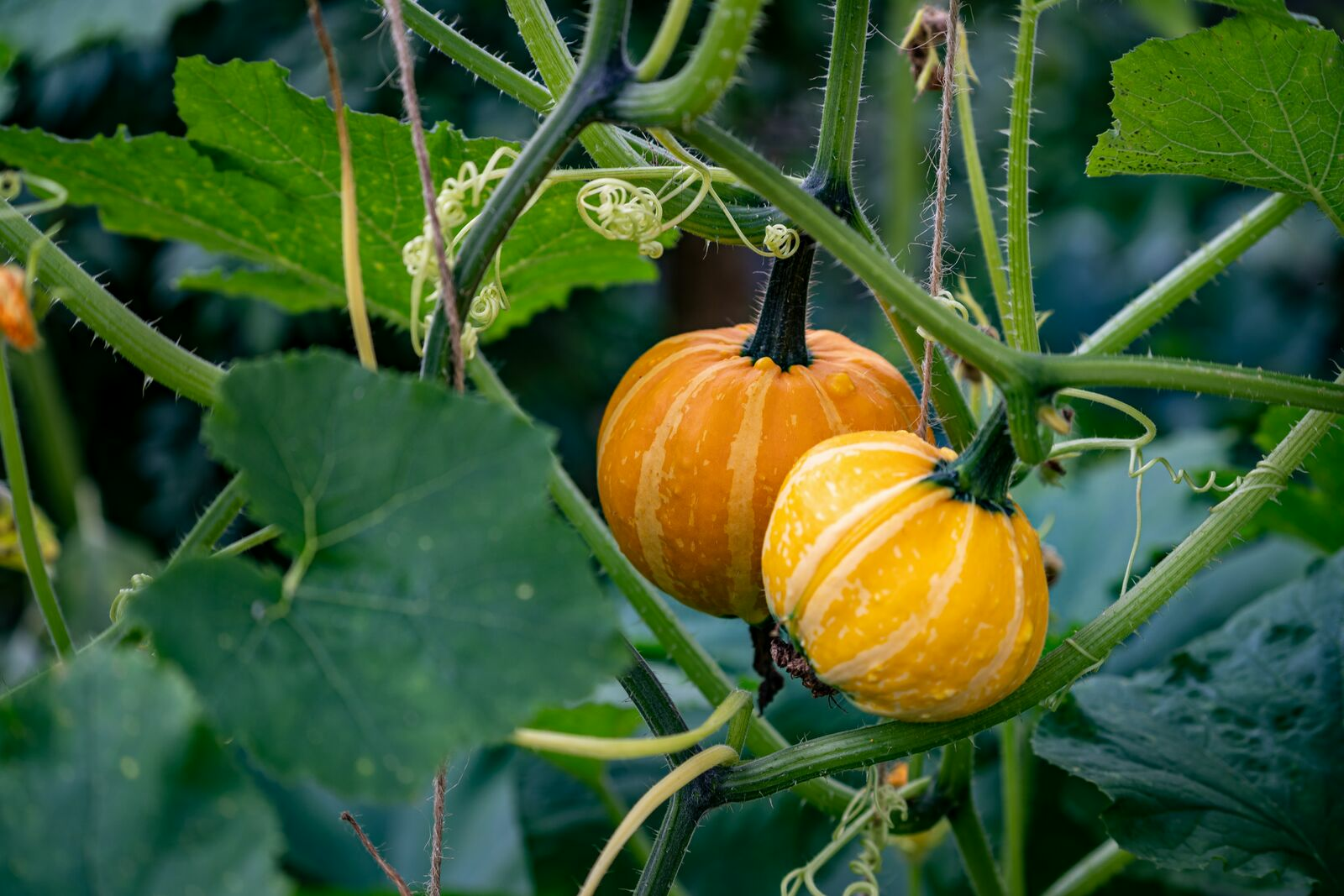What goes well with pumpkin?
Mixed culture with pumpkin
The more different plants you have growing in your bed, the less trouble you will have with pests and diseases. It also promotes and maintains soil health. You can find out which plants go well next to pumpkin plants here.
Planting a pumpkin
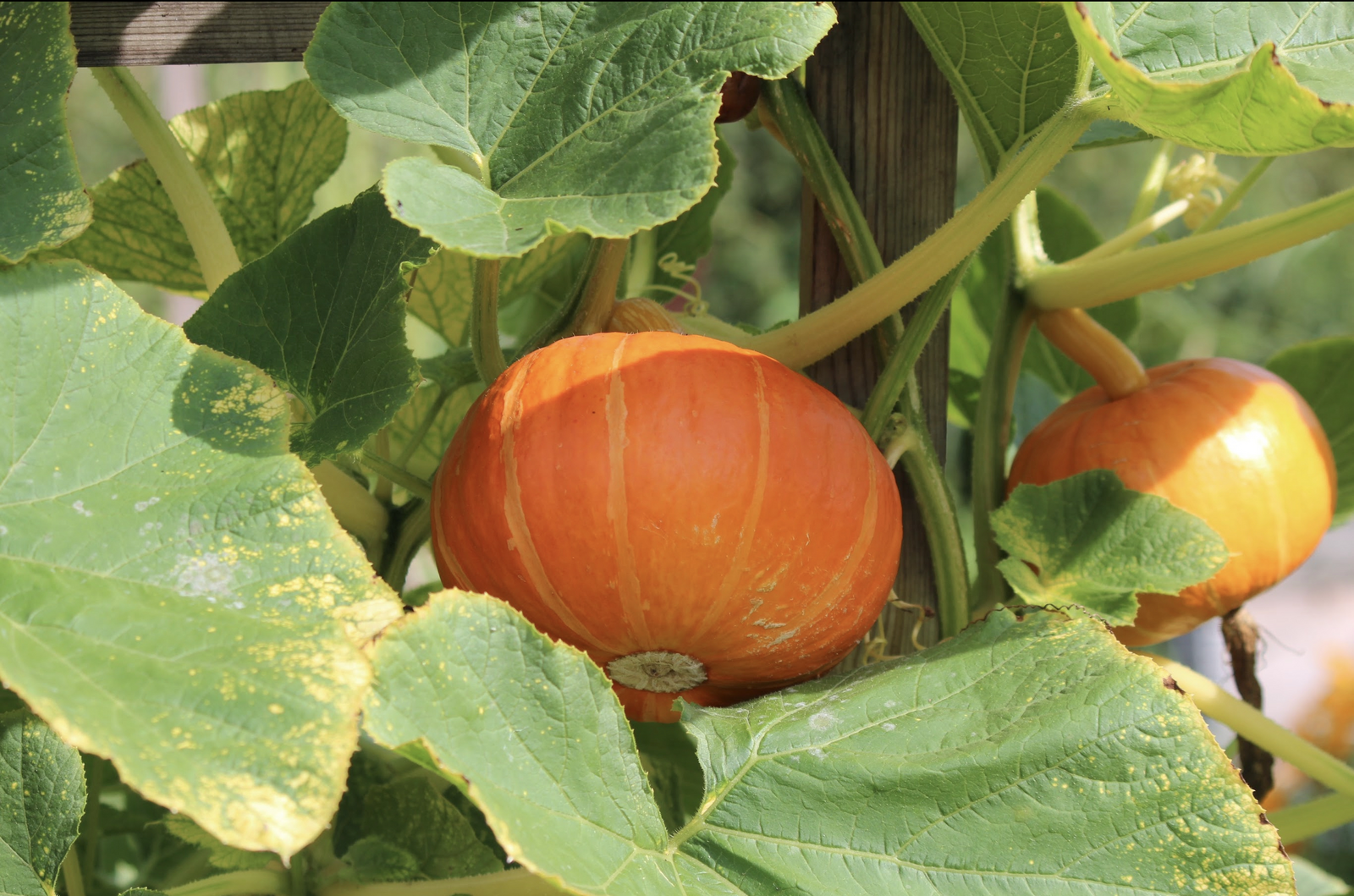
Pumpkins belong to the gourd family (Cucurbitaceae). In addition to pumpkins, cucumbers, melons and zucchinis are also part of this plant family. However, good and bad companion plants differ within this family.
Location & soil
As pumpkins originate from Central and South America, they need a lot of warmth. Therefore, a sunny but sheltered location is best. The garden soil should be rich in humus and well aerated.
Good companion plants for pumpkins
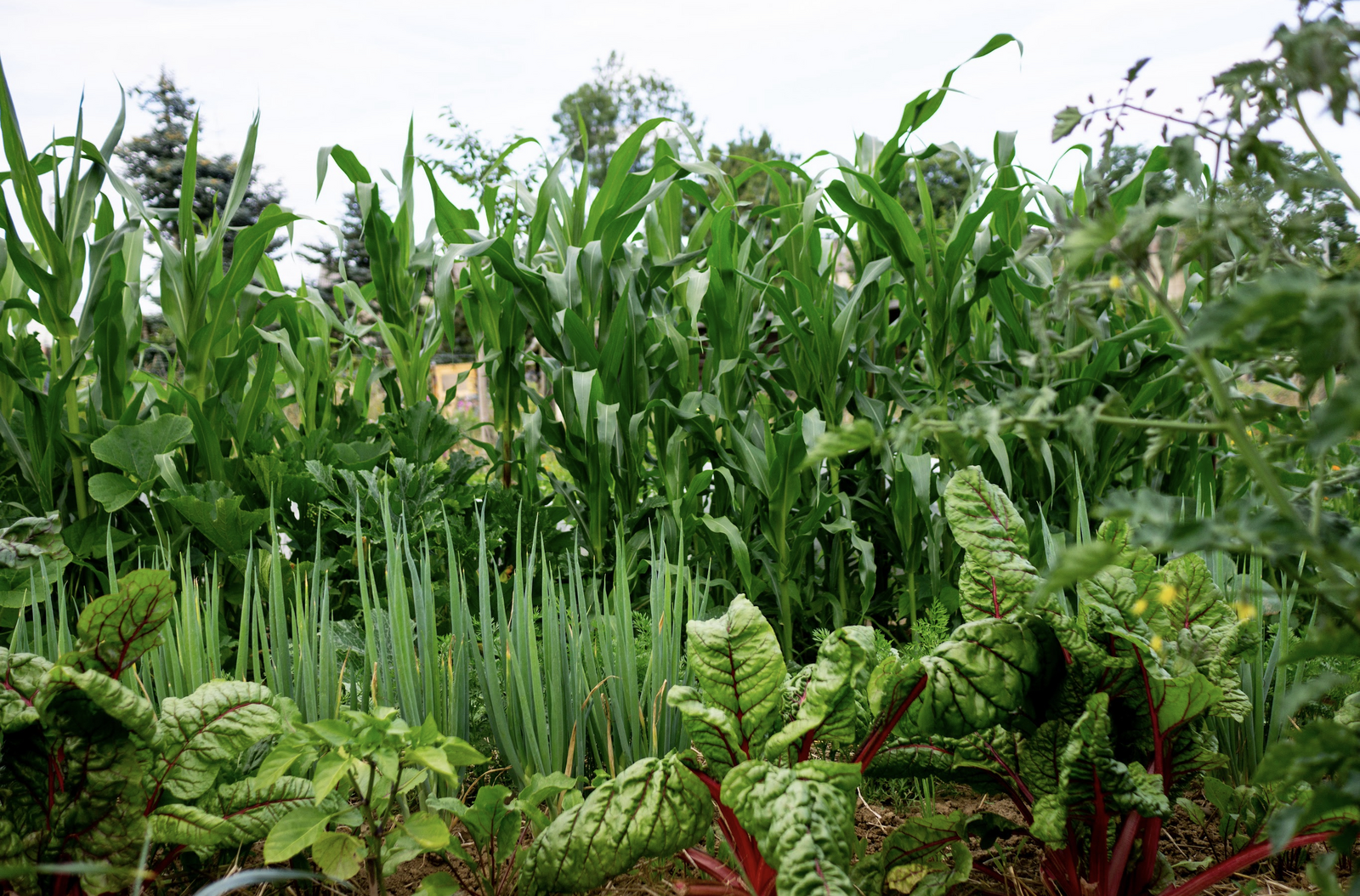
- Peas and beans, because they fix additional nitrogen in the soil
- Maize and pumpkin: although both plants are heavy feeders, their root systems are so different that there is no competition for nutrients
- Mixed cultivation with beans, maize and pumpkin is a traditional mixed cultivation, also known as milpa
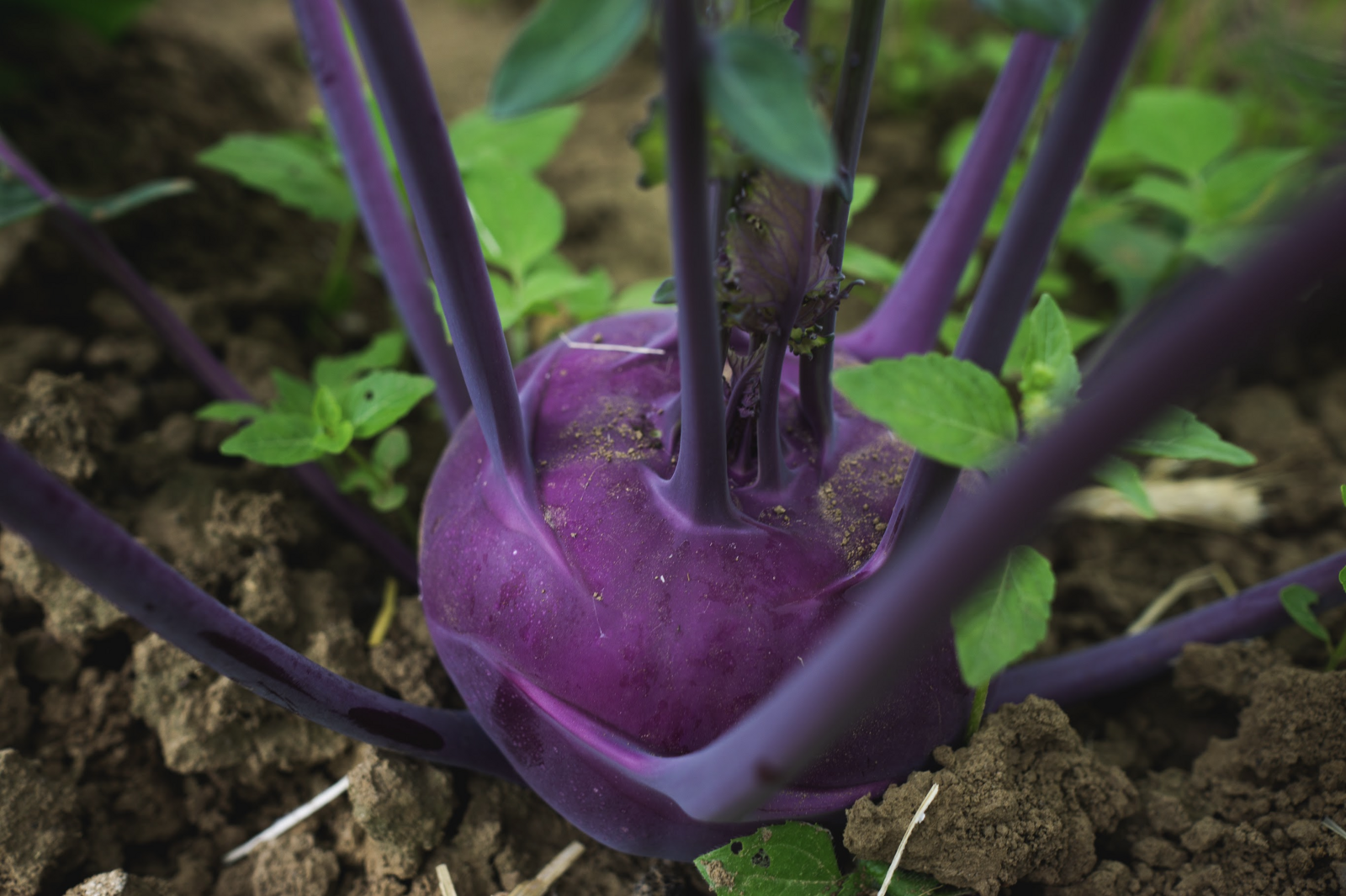
- Radishes and radishes keep pests away
- as do nasturtiums and garlic
- kohlrabi
- herbs such as lavender, marjoram, oregano, peppermint and hyssop keep pests away, attract beneficial insects and improve soil and plant health
- as do flowers such as chamomile, marigolds
Bad companion plants for pumpkins
- onions, as they have different water supply requirements
- potatoes, as this increases the incidence of brown rot
- other cucurbits, as otherwise diseases such as mildew are favored
- nightshade plants such as tomatoes, peppers and eggplants also increase the risk of mildew infestation
- cabbage plants
- dill has a growth-inhibiting effect on pumpkin plants
Succession cropping with pumpkin
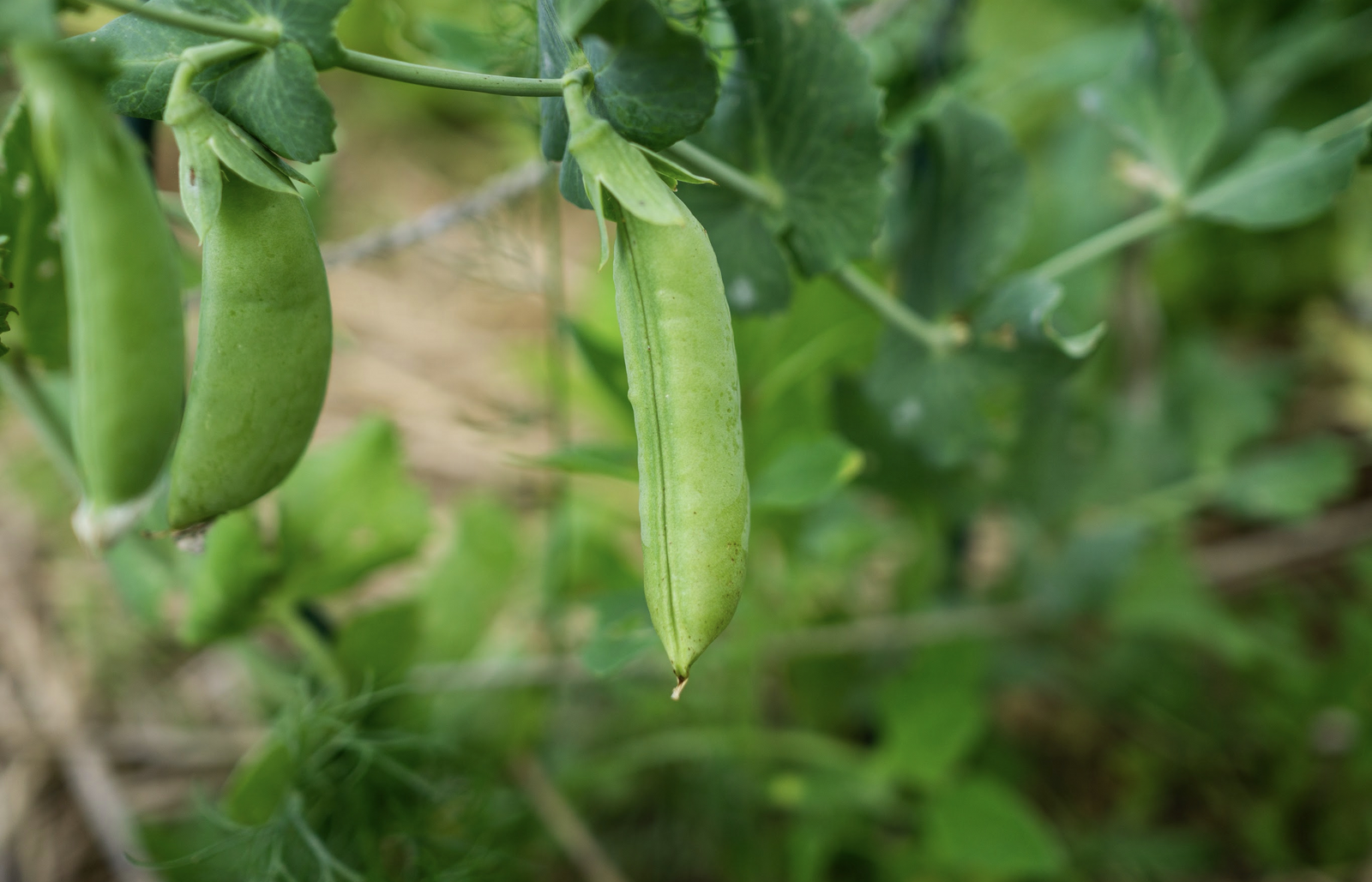
Pumpkin plants have a high nutrient requirement. Plant or sow after high-yielding, medium to low-yielding plants or a green manure. Suitable pre and post-crops for pumpkins are lettuce (lamb's lettuce, Asian lettuce, winter lettuce), radishes, spinach, peas, broad beans, postelein, endive (as young plants), parsley, jerusalem artichokes.
Crop rotation with pumpkin
As with most vegetable plants, a cultivation break of 4 years on a bed (section) is recommended. This information should be understood as somewhat flexible. If you prepare your beds well, have not previously had any problems with severe pest or disease infestation, sow green manures and plant mixed crops, 2 to 3 years is often sufficient.
Patrick Pahlke auf Unsplash.
